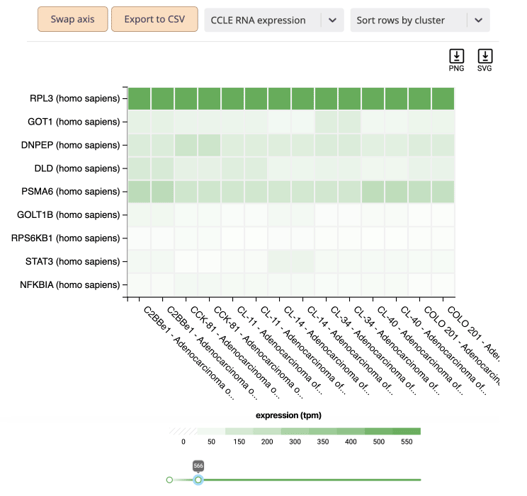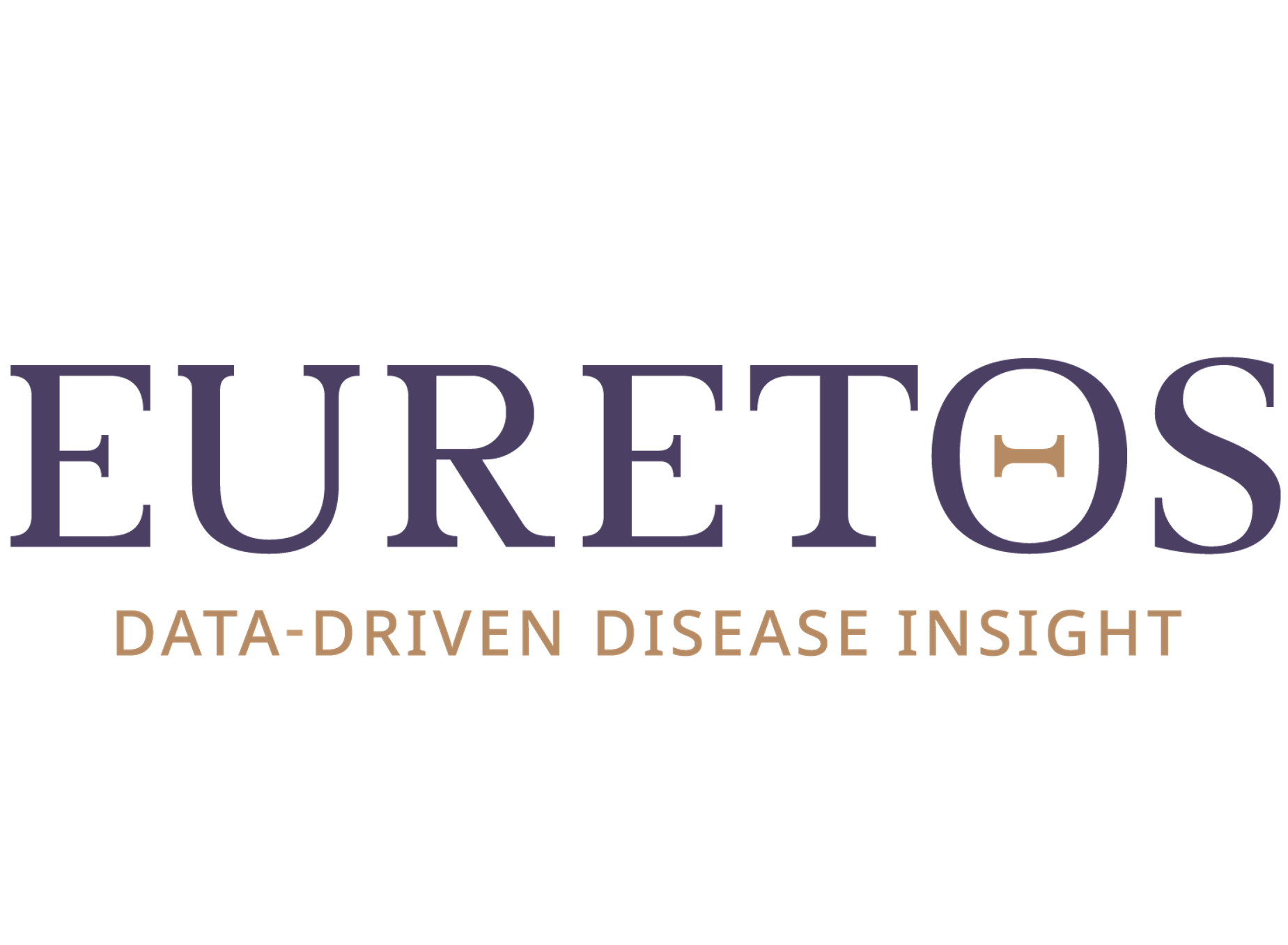We are very excited to announce the launch of our latest workflow which enables users to find cell lines based on gene expression levels. This workflow significantly accelerates translational research, saving time and costs and improving in-vitro experiment design, disease modeling, biomarker & target discovery and drug screening efficiency.
The workflow enables researchers to identify cell lines with specific gene expression profiles, enabling more precise modeling of diseases, in particular for cancers. Expression data is from CCLE (RNA and protein expression) and Cell Model Passports (protein expression only). Cell lines can be included or excluded from the ranking individually or per tumor type.
Searching for cell lines with desired gene expression levels manually is time-consuming and resource-intensive. The workflow significantly reduces the time and resources spent on this task, allowing researchers to focus on their experimental work and analysis. It provides many benefits in both basic disease research and drug discovery such as:

In summary, this new workflow offers distinct benefits across all the stages of translational research. In basic/fundamental disease research, it enhances disease understanding and biomarker identification. In drug discovery, it streamlines target identification, compound screening, and optimization processes, ultimately contributing to the development of safer, more effective therapies.
Subscribe to our mailing list and receive our quarterly updates!
Read our Terms and Conditions

Keep up with our latest news and events. Sign up for our newsletter.